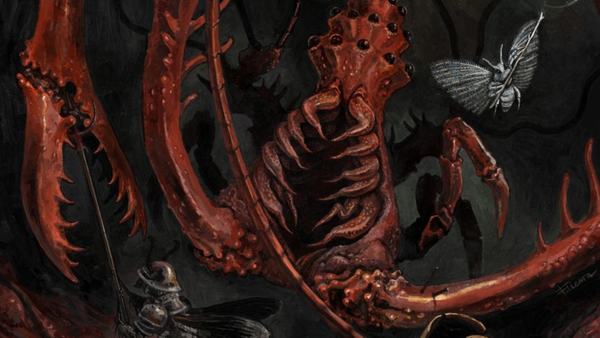Artificial product, artificial hype: the saga of Wonders of the First’s AI art and NFT-powered CCG
$1.25 million in funding, a Kickstarter cancellation, and likely brigading bans, all in the name of creating the collector’s perfect card game. Or so one Web3 evangelist says.

Web3 is a technological philosophy dead on arrival, heralding decentralization and transparency but double dipping into financial scams and impenetrable bleeding edge coding structures. But this doesn’t stop people from attempting to twist blockchain developments, NFTs, and AI into any number of solutions in search of a problem.
Tabletop and card hobby spaces have not been insulated from Web3 stunts, but many of the most ardent players and collectors are skeptical by nature. Why else would they invest in grading services if they weren’t acutely aware of the ways in which a seemingly legitimate deal could fall through at the drop of a half-letter grade or an indication of forgery? So, when Wonders of the First—a totally new collectible card game—raised nearly 1.25 million dollars on Kickstarter in just a week, brimming with AI Art and promising intellectual property rights to the cards, the community was less than thrilled.
First, the Kickstarter was canceled. Then, it went back up. Now, a month after it first went wide, questions still dog this project.
Truthfully, much of Wonders of the First doesn’t make sense until you reexamine it as a collectible card game (CCG) framework hastily draped over a Web3-focused investment enterprise. In an attempt to provide a shelter for eager collectors, the company has lifted several moves directly from the NFT and blockchain playbooks: constant hype, promises that players would directly own parts of the game, isolating those who have bought in via Discord (alongside an open invitation to “see for yourself”), and a blanket denial of criticism. Nothing the project advertised was in any way illegal, but those who knew what to look for could spot the signs of a financialization strategy at the expense of players.







